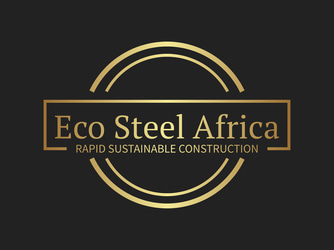Building a Sustainable Future
Innovative Solutions for Eco-Friendly Construction
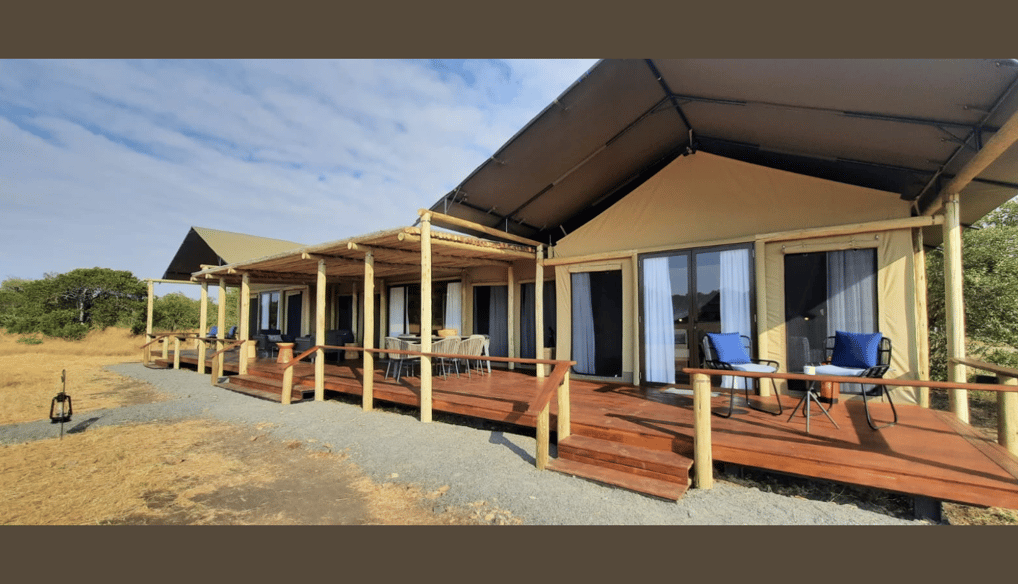

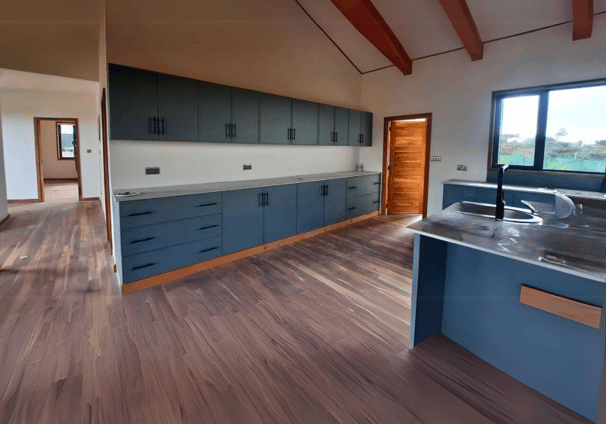

First of all
About Us
Eco-Steel Africa is a visionary building solutions provider based in Nairobi. We specialize in utilizing advanced technology and superior finishing materials to create durable and long-lasting buildings that benefit our clients, communities, and end-users. Our market-leading innovations in steel frame manufacturing, design, detailing, construction, and customer care have allowed us to deliver solutions that significantly reduce build time-frames, minimize on-site space and equipment requirements, and cut material waste during manufacture. In short, we are committed to building better and more sustainable structures for a brighter future.
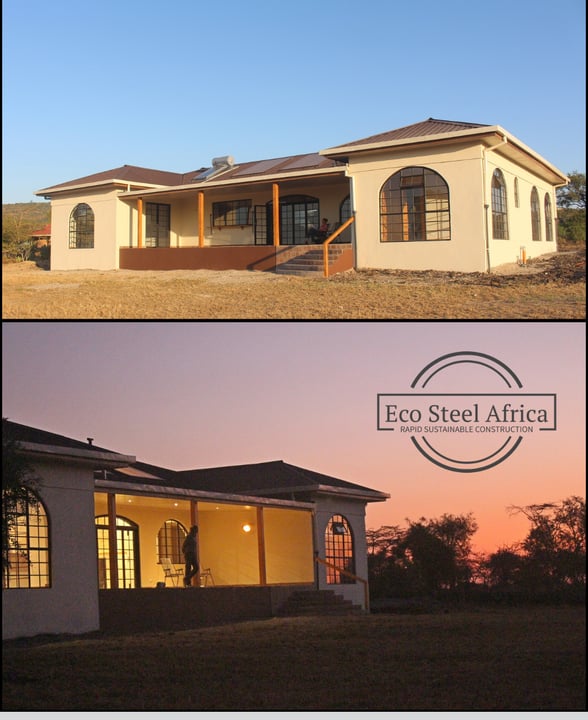

Not to mention
Our Services
At Eco Steel Africa, we specialize in providing high-quality, sustainable construction solutions that meet the diverse needs of our clients across East Africa. With over 30 years of experience, we excel in designing and constructing steel structures, as well as offering customized building services. Whether it’s homes, commercial properties, lodges, camps, or more, we ensure every project is built with energy-efficient and eco-friendly solutions in mind. Our commitment to exceptional craftsmanship and durability, combined with a focus on client satisfaction, guarantees that each project is completed to the highest standards, delivering long-lasting results.
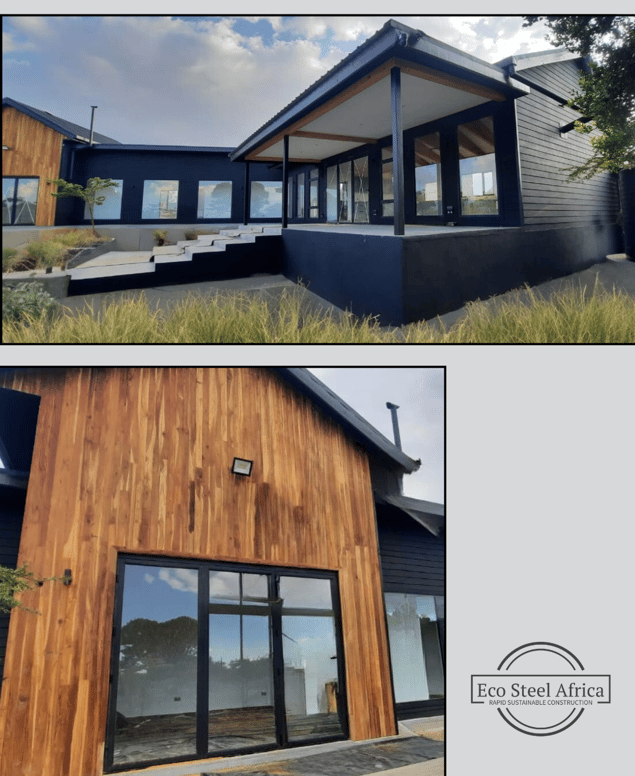

And let's not forget
Why Choose Eco Steel Africa
At Eco Steel Africa, we believe that building your dream space is about more than just constructing walls—it's about creating something that reflects your vision and stands the test of time. With over 30 years of experience, we focus on exceptional quality, thoughtful design, and meticulous craftsmanship. Our team works closely with clients to bring their ideas to life, ensuring that every detail, from structural integrity to aesthetic appeal, is executed to perfection. Whether you're building a home, a lodge, or a commercial space, we’re dedicated to making your dream a reality, with results that exceed expectations and endure for generations.
Building a sustainable future with Eco Steel Africa
Building for the Future: Why Accessible Design Matters Today
As we age or face physical challenges, one of the greatest desires many of us have is to remain in the comfort of our own homes. But too often, the homes we build today don't take into consideration the realities of aging or living with a disability. While many of us may not immediately think about the future when building or renovating, the truth is, planning for accessibility should be a priority in every construction project.
Why Accessibility Matters
When building a home, the focus tends to be on aesthetics, cost, and functionality. However, accessibility is often overlooked, especially when we think about how we’ll live in the future. It’s essential to understand that planning for wider doors, hallways, and spaces for mobility aids like wheelchairs is not just about making a space "look different"; it’s about making sure that, as we age or if we experience a disability, our homes can adapt to our changing needs.
The Impact of Age and Health on Design Choices
When we’re young and healthy, we often don’t consider the long-term implications of the design choices we make. For example, we might build a house with multiple levels and stairs, thinking little about how difficult it may become to climb them as we grow older. Or we may fail to recognize that small steps and uneven flooring can become significant obstacles later in life, making it harder to navigate the home comfortably.
Similarly, many of us don't consider how standard door sizes may not be sufficient for wheelchair users. A traditional door frame may seem wide enough, but when navigating with a wheelchair, users often find that the door’s width is restrictive. Worse, they can easily pinch their fingers on the edges, a simple inconvenience that can quickly turn into a painful and dangerous situation.
The Cost of Accessible Design: Now vs. Later
One of the biggest misconceptions is that accessibility features like wider doors, hallways, or a ramped entrance will cost significantly more upfront. While it’s true that these elements may add a small amount to your initial building costs, the reality is that adding accessibility features during construction is far more affordable than retrofitting an existing home.
If you’ve ever had to retrofit a building to make it accessible, you know the costs can skyrocket. Retrofitting involves altering existing structures, which often means breaking down walls, replacing doors, and making adjustments to the layout. This type of renovation is complex and costly, and sometimes, certain changes are simply not possible without major structural work.
Building for the Future: A Smart Investment
Building with the future in mind doesn’t just help you or a loved one live more comfortably as you age or deal with a disability—it’s also a smart financial investment. Many individuals looking to downsize or move into a home that can accommodate their needs will prioritize accessibility features, which can increase the value of your home and make it more attractive to potential buyers in the long run.
Conclusion
As a society, we need to shift our perspective on accessible design. It’s not just about meeting a basic need; it’s about ensuring that we can live in our homes with dignity, comfort, and independence as we age or face challenges. By investing in accessibility from the beginning, we can make a world of difference not only for ourselves but for the generations that follow.
